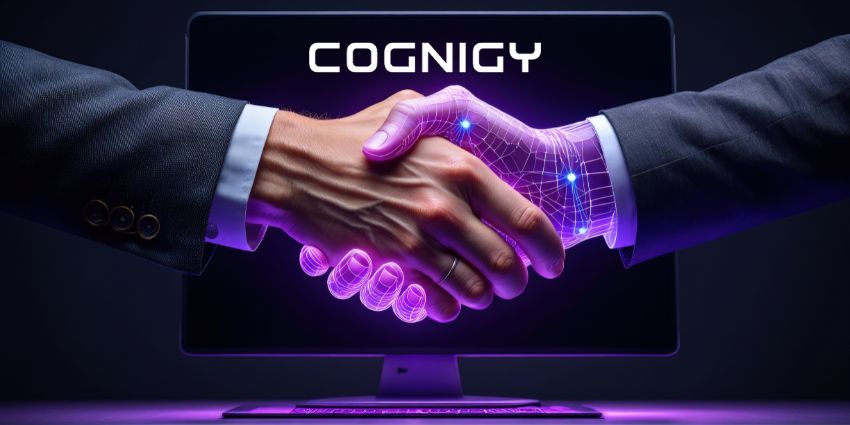Companies across all sectors are doubling down on omni-channel as part of their customer experience strategy. But, this doesn’t mean people want technology more than human interactions. The reality is, 82% of consumers want more human interactions, even as technology improves.
The takeaway? Today, businesses must recognize customer experience needs to center on human and machine, not one or the other. Here’s a look at trends in omni-channel demands, where AI and bots fit into the human-centered picture and how companies can achieve a human-driven customer experience (CX) at scale.
Omni-channel is becoming table stakes
Companies are investing in omni-channel more than ever, and this was accelerated tremendously by the pandemic. What previously was trending as a more gradual shift –– at an average of approximately 10% each year –– from in-person to online was thrown out the window in 2020 as society moved immediately to the end state.
As a result, consumption of products, services and information rapidly moved to online and omni-channel. Suddenly, organizations had to think about the omni-channel experience simply to stay in business and meet their customers where they were –– which was online, on the phone, mobile devices, and others.
This has largely been driven by changes in consumer behavior and customer service journeys that resemble a collection of disjointed touchpoints rather than a single event or a linear progression. A customer may start a conversation in chat, for example, then carry it over to email before resolving the issue on the phone. If your customer support is limited to only one or two channels, you’ll be missing out on connecting with –– and serving –– a great portion of your customers.
Fitting bots into the human-centered picture
If consumers are eager for more human interaction, where does that leave AI and bots? The pendulum continues to swing back and forth. Bots tend to be great for simple, impersonal, non-layered engagements. But humans still prefer humans for complex and considered decisions.
Beyond their discrete uses, the two can peacefully coexist and find their natural endpoints in the spirit of optimization. For example, AI can be used as a way to aid customer support agents by helping them locate answers and resources. Chatbots can handle baseline service issues and conversations, thereby freeing up agents’ time to focus on more complex matters. This way, they can work in tandem to create a streamlined, optimized CX.
Achieving human-driven CX at scale
Most companies understand that keeping the human touch intact, or even emphasizing it more, is a great way to satisfy customers and create a stellar experience. But the problem is humans are expensive and their time is limited. So, how do you scale the use of human interaction successfully?
First, focus on the customer and work backward. This tenet often leads to continuous improvement in the customer experience, retention costs, and ultimately business results.
Then, realize you have some options. While many companies outsource to a basic call center, it’s important to remember that many standard call centers aren’t designed to scale as your CX needs evolve. Companies of all sizes see greater return when they seek out an omni-channel business services provider.
So, when you’re evaluating options, consider: Is this provider equipped to continue the omni-channel experience you provide or are working toward providing? Can they offer real, live agents to answer calls as well as engage via chat and text? And, most importantly, are they trained in your industry or equipped with the sales knowledge to convert new business, or even cross-sell or upsell your existing clients?
Ask questions that will help you determine whether the culture of a provider’s company will align with yours. For instance:
- Will I have agents dedicated to my company?
- Are agents trained in this particular industry? Do they understand the unique syntax and jargon of this industry?
- Can agents integrate with our organization’s CRM?
- Do they provide detailed reports and analytics that help me make smarter, data-driven business decisions?
- Are agents bilingual? Are they trained to handle complex issues with expertise, care and empathy?
- How do agents solve problems they may not have an immediate answer to?
When all is said and done, you need the humans, the technology and the channels to meet the expectations of today’s consumers. You can achieve this winning CX at scale by working with a business services provider that has a skilled workforce, top-of-line technology, knows your industry and fits with your company culture. The future is almost certainly in human-powered omni-channel CX so the only question that remains is, will you be ready?







